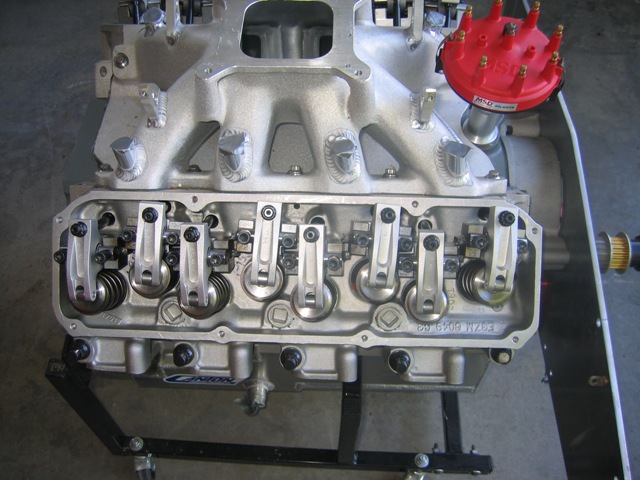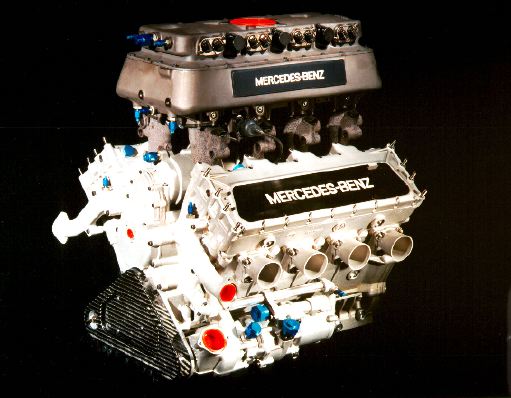Quote:
BMEP and MPS
Two of the most accepted performance-comparison yardsticks are Brake Mean Effective Pressure (BMEP, explained HERE) and Mean Piston Speed (MPS, explained HERE).
The BMEP of the Formula One engine at peak torque (table line 13) is 15.17 bar while the Cup engine produces a peak torque BMEP of 15.12 bar (0.3 % less).
At peak power, the Formula One BMEP value (table line 22) is 14.6 bar while the Cup figure is 14.0 bar (4.1% less).
It is evident that producing 15.17 bar BMEP at 17,000 RPM and 14.6 bar at 19,250 RPM are remarkable achievements, given that the ratio between Friction Mean Effective Pressure (FMEP) and BMEP is much higher at Formula One than it is at Cup RPM.
However, it is astonishing that the Cup BMEP (remember, flat-tappet cam, pushrod / rocker arm, two-valves-per-cylinder, single carburetor) is only 0.3% less than the Formula One figure at peak torque, and only 4.1 % less than Formula One at peak power.
Even more revealing, at peak power RPM (table line 19) the Formula One engine MPS (table line 23) is 25.5 m/s (5025 ft/min), while that of the Cup engine is less than 3% lower at 24.8 m/s (4875 ft/min). At redline, the Formula One MPS is 26.5 m/sec, while the Cup MPS is a stunning 27.5 m/sec. To put those numbers in perspective, Professor Gordon Blair wrote (Race Engine Technology, issue 27) that 26.5 m/sec was the highest he had seen.
While being cautious with empiricisms, it is interesting to compare the nondimensional values of BMEP x MPS (bar x m/sec) at peak power (table line 24) and at peak torque (table line 15).
At peak power, the Cup engine value is only 7% less than the Formula One engine, again showing the remarkable performance extracted from this production-based V8. There is a bigger disparity at peak torque (nearly 9%), largely due to the greater spread between peak power and peak torque in the Cup engine (15% of redline versus 11% of redline for the Formula One engine).
Basically demonstrates that the laws of physics and material sciences remarkably apply to both engines.
This was the basic reasoning for the "rated" horsepower that they used to tax vehicles on in Britain, that lead to longer strokes as materials got better.
It's not (truly) surprising that the dimensionless comparisons of the two pinnacle engines are so similar.




